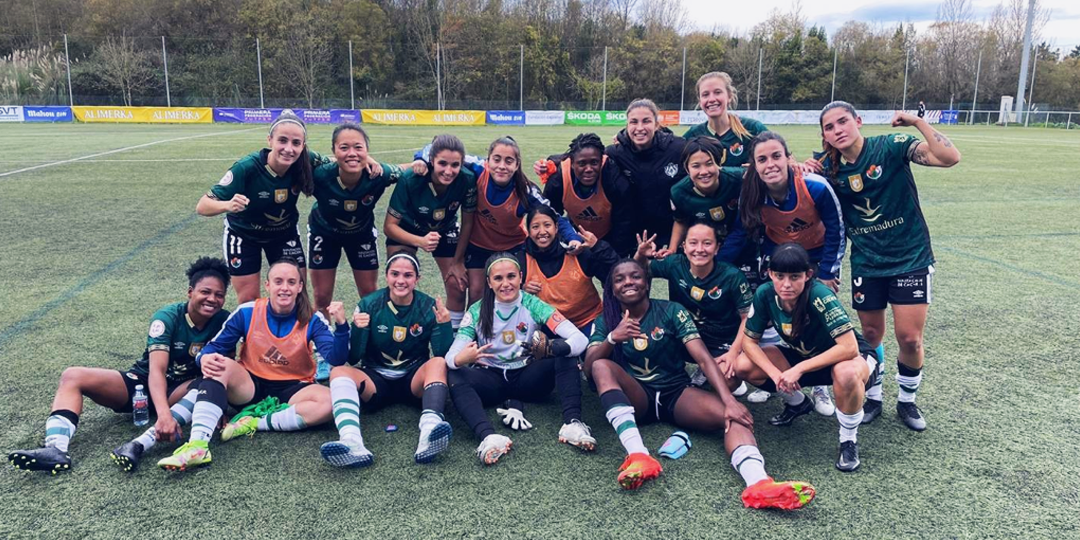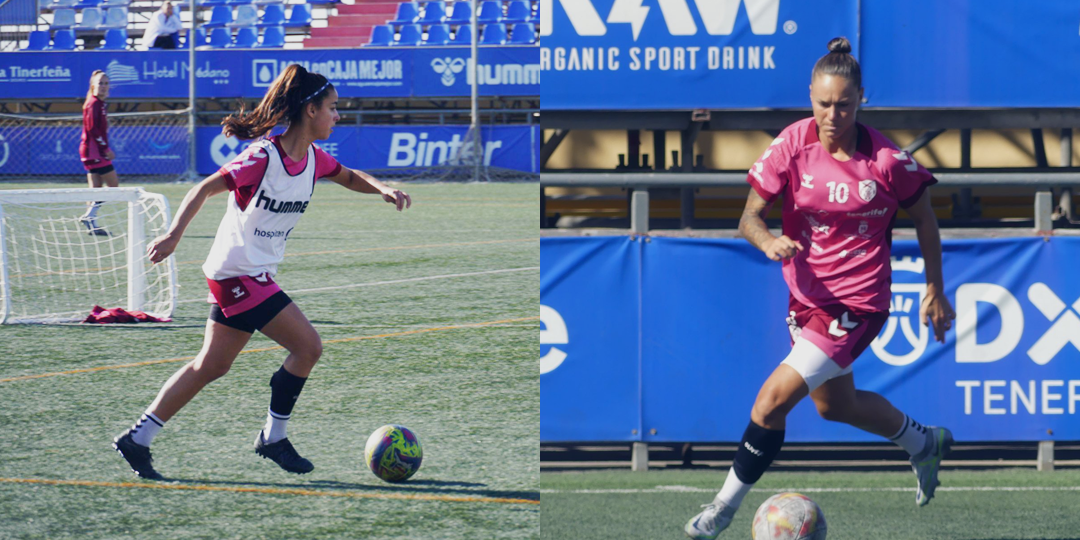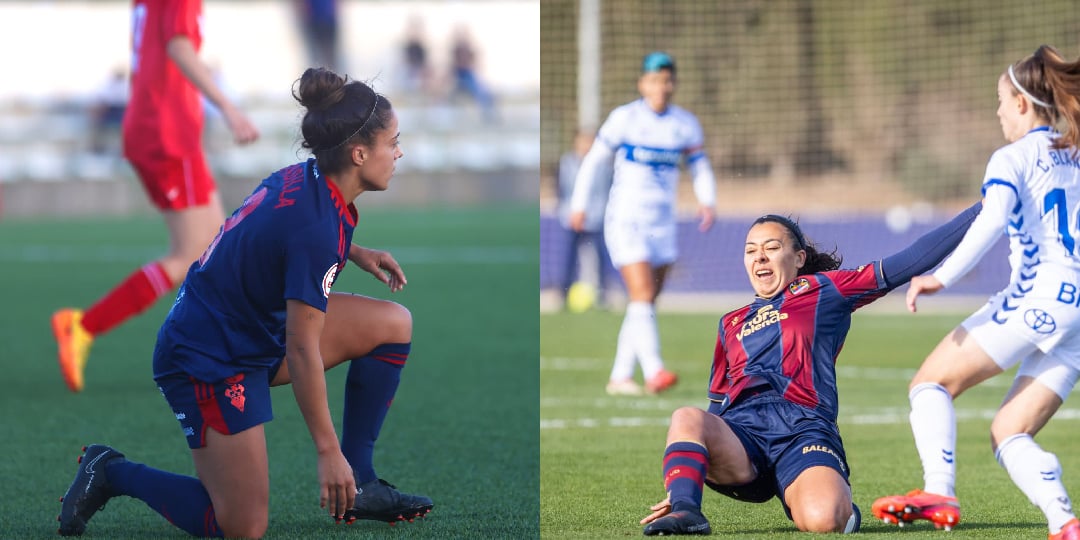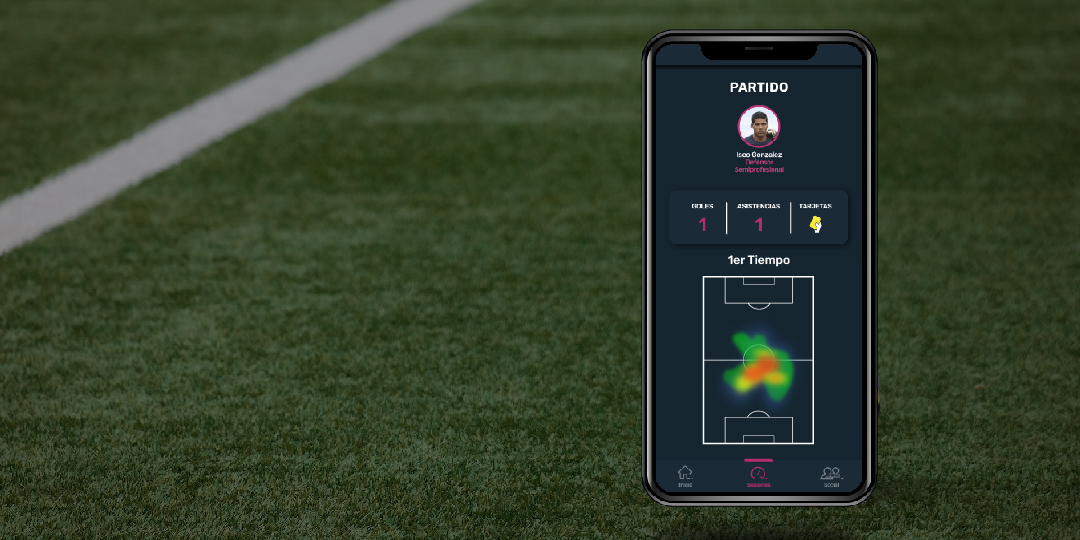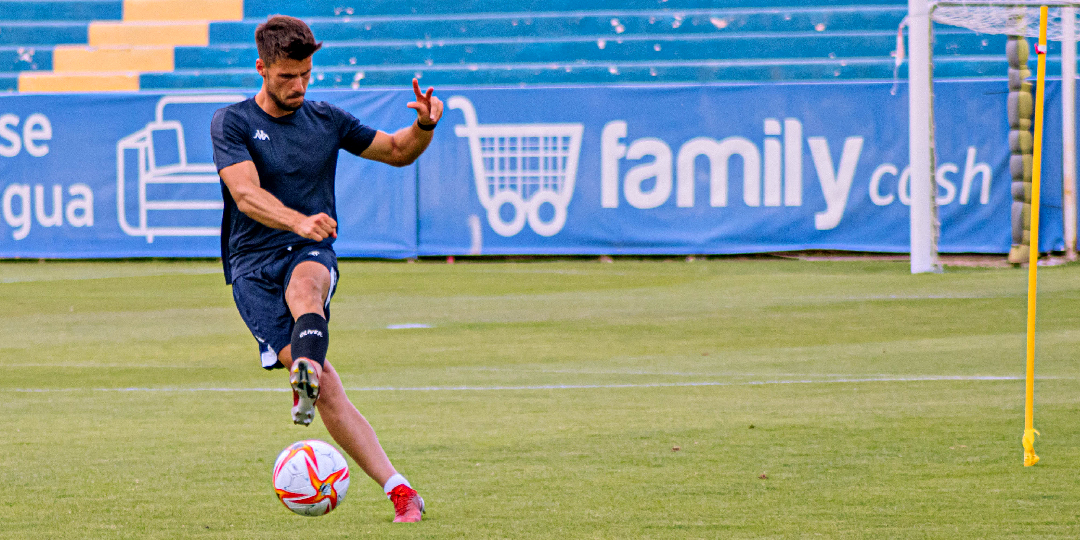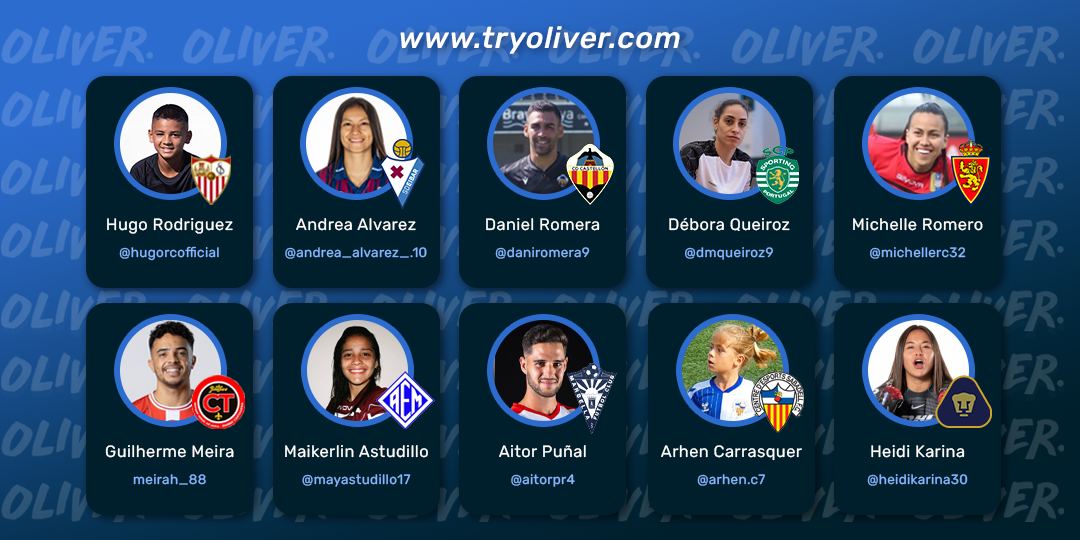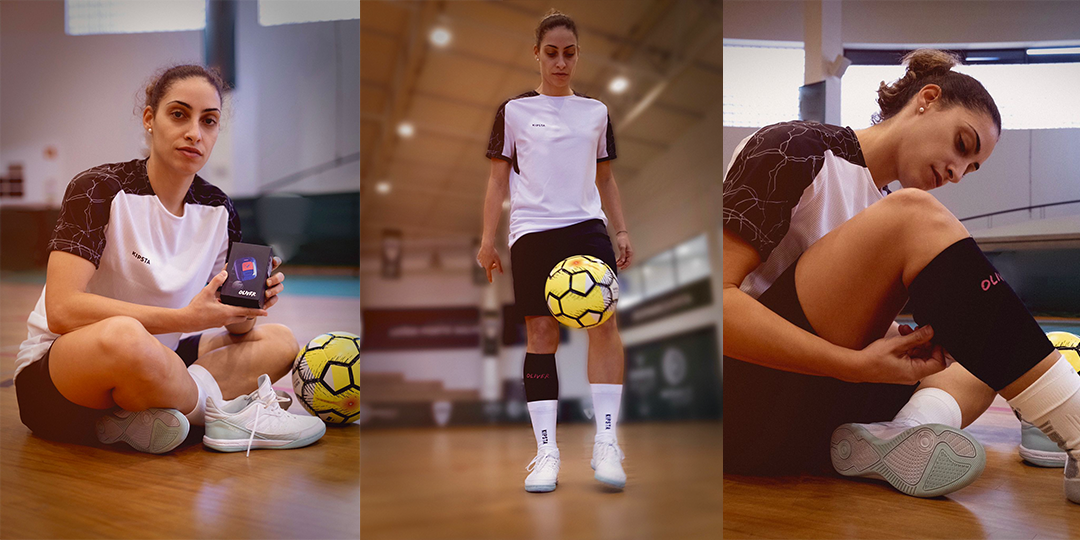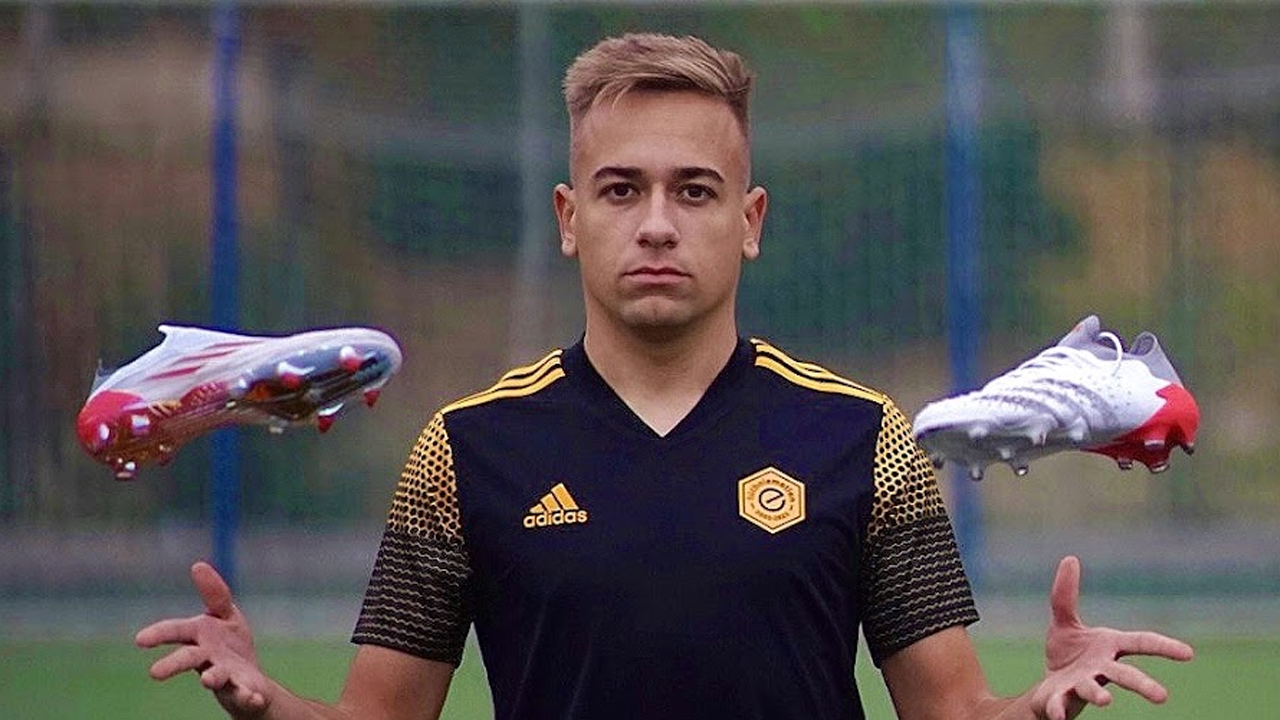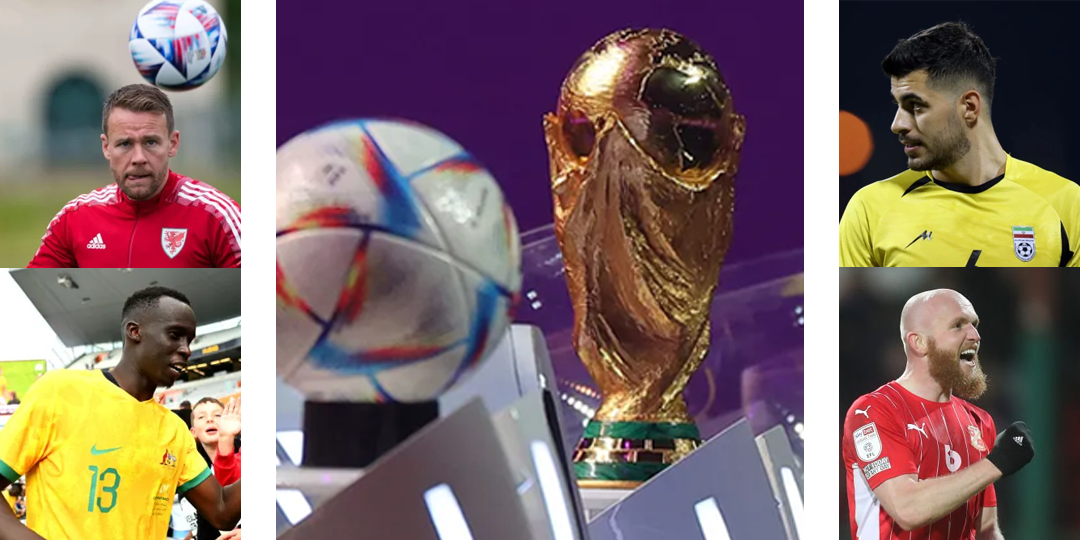Cacereño aims to be 3rd OLIVER team in Spain's top division.
After 20 rounds, the team from Cáceres is in 2nd place, 2 points behind the leader and in promotion zone. If they achieve this promotion, they will become the 3rd team using OLIVER in the First Division of Women's Football in Spain.

